LifeWithMyDogs is supported by our audience. When you purchase through one of our links, we may earn a small affiliate commission. As an Amazon Associate I earn from qualifying purchases. Your cost is not affected.
**********
Did you know that there are harmful dog shampoo ingredients to avoid; as responsible and loving pet owners? It’s true. We looked at a few different shampoos and found some interesting ingredients.
As dedicated pet parents, our utmost priority is the well-being of our beloved furry companions. Amidst the routine of caring for our dogs, there’s one crucial aspect often overlooked: the shampoo we use during bath time.
Sadly, many commercial dog shampoos lining the shelves today are loaded with harmful ingredients that could cause potential harm to our pups’ health.
A Guide to Learning the Harmful Dog Shampoo Ingredients to Avoid
In this blog post, we’ll delve into the most common harmful components found in these shampoos and underline the significance of steering clear of them.
By familiarizing ourselves with these ingredients, we can make heartfelt choices and ensure our dogs receive the tender care they deserve.

Main Points Here:
The following are the ingredients you need to look out for when buying dog shampoo:
- Surfactants
- Parabens and Preservatives
- Artificial Fragrances
- Anti-Bacterial Agents
- Colorants.
- Emulsifiers and Solvents
Later on in this article, we will further discuss the reason why these ingredients are harmful and the more common terms used when referring to these ingredients.
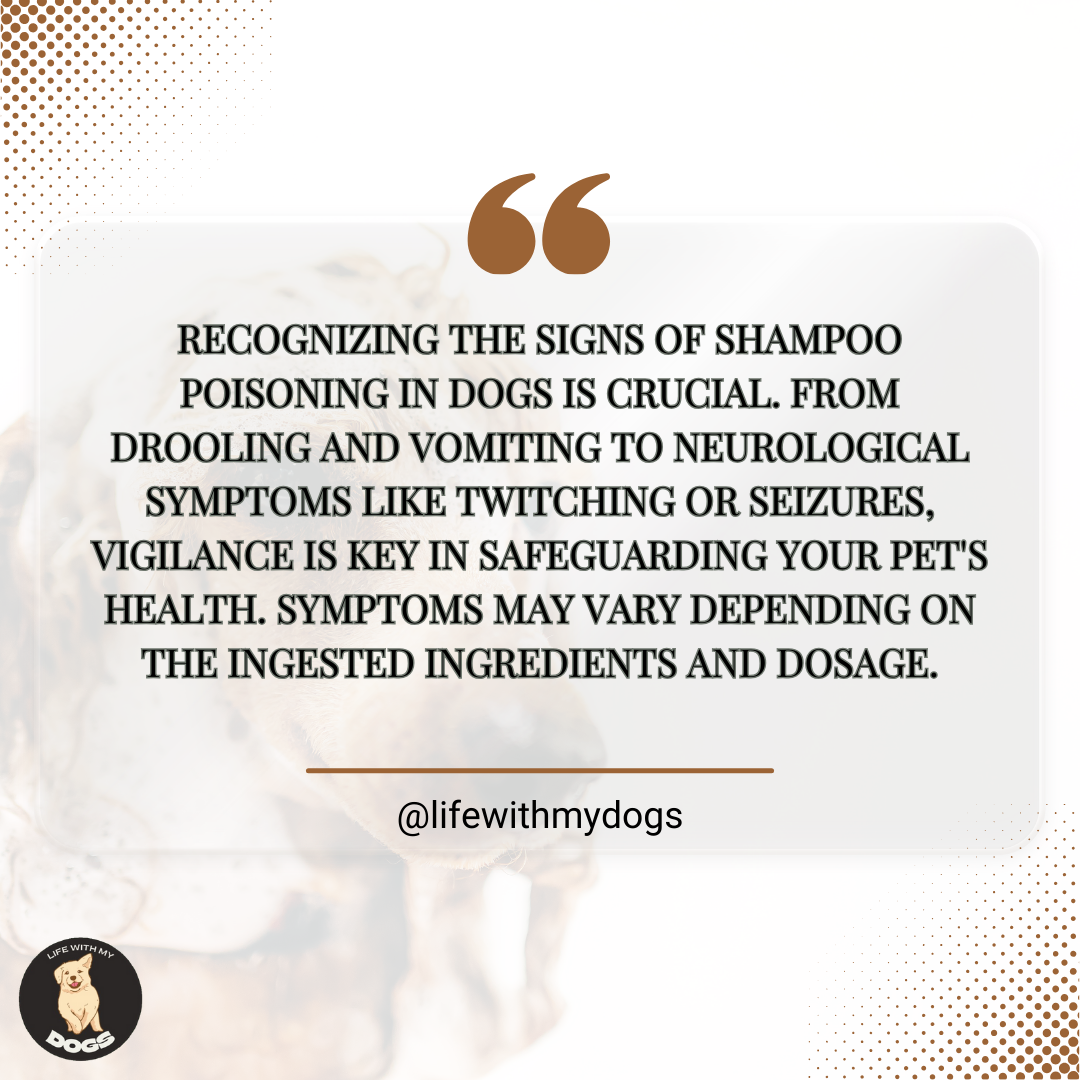
Importance of Knowing Dog Shampoo Ingredients to Avoid
As someone who treats my dogs as members of my family, ensuring they are well cared for is a must. The very first thing I do to know if there are harmful ingredients in my dog’s shampoo is to read the ingredients list.
I know it might be easier to just buy the cheapest or most expensive dog shampoo in the market (depending of course on your capacity), but the cheapest and most expensive shampoo is not the healthiest one out there.
We really do need to take our time to read the ingredients list and know the common dog shampoo ingredients to avoid so we can buy the best shampoos for our loveable pets.
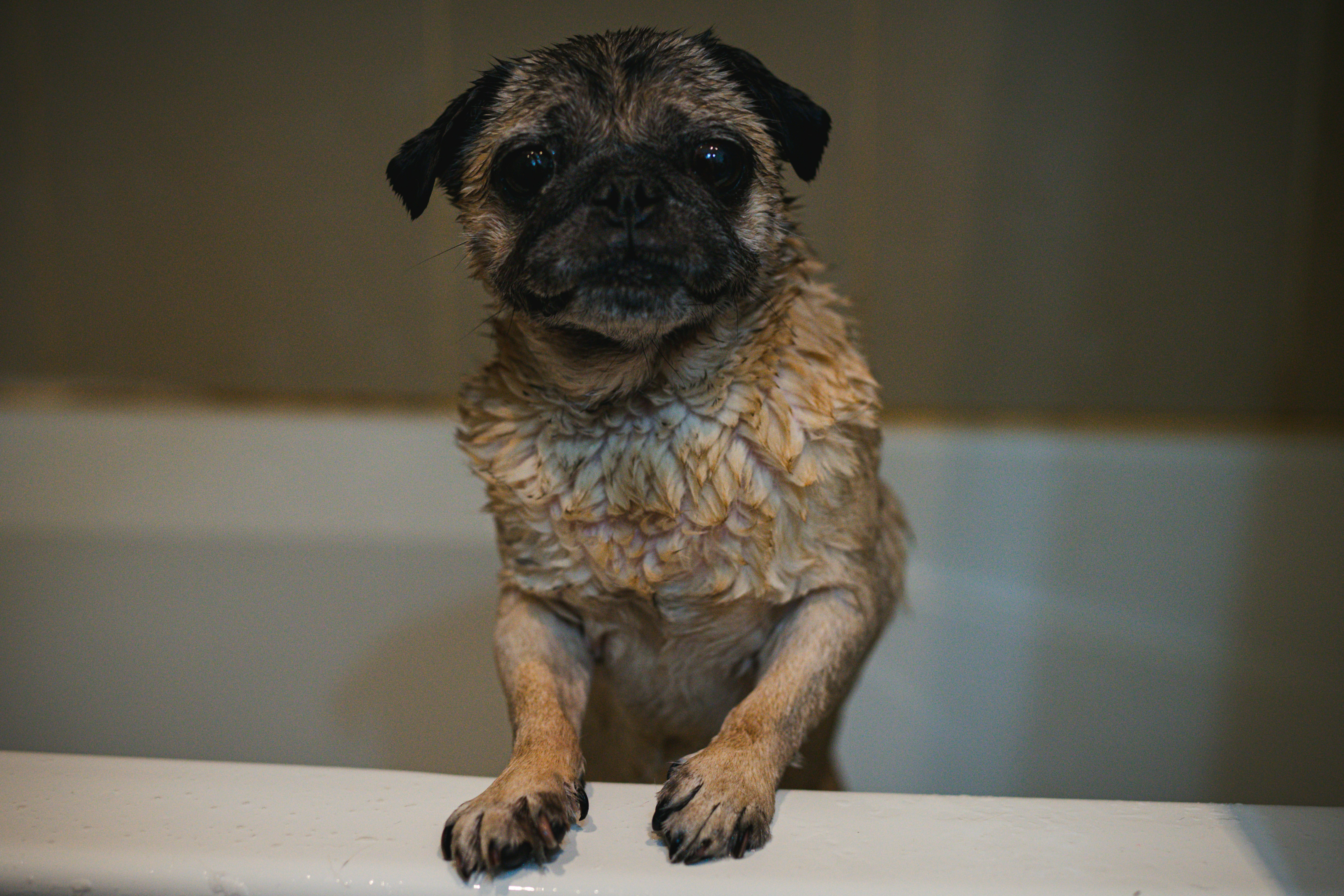
Photo by Justin Jason on Unsplash
Identifying Harmful Ingredients in Dog Shampoos
When identifying harmful ingredients in dog shampoos, one of the first steps is to read the ingredient list carefully. We must familiarize ourselves with the names of harmful chemicals commonly used in pet products. By doing so, we can make informed decisions and choose dog shampoos that are safe for our pets. Let’s explore some specific ingredients pet owners should watch out for.
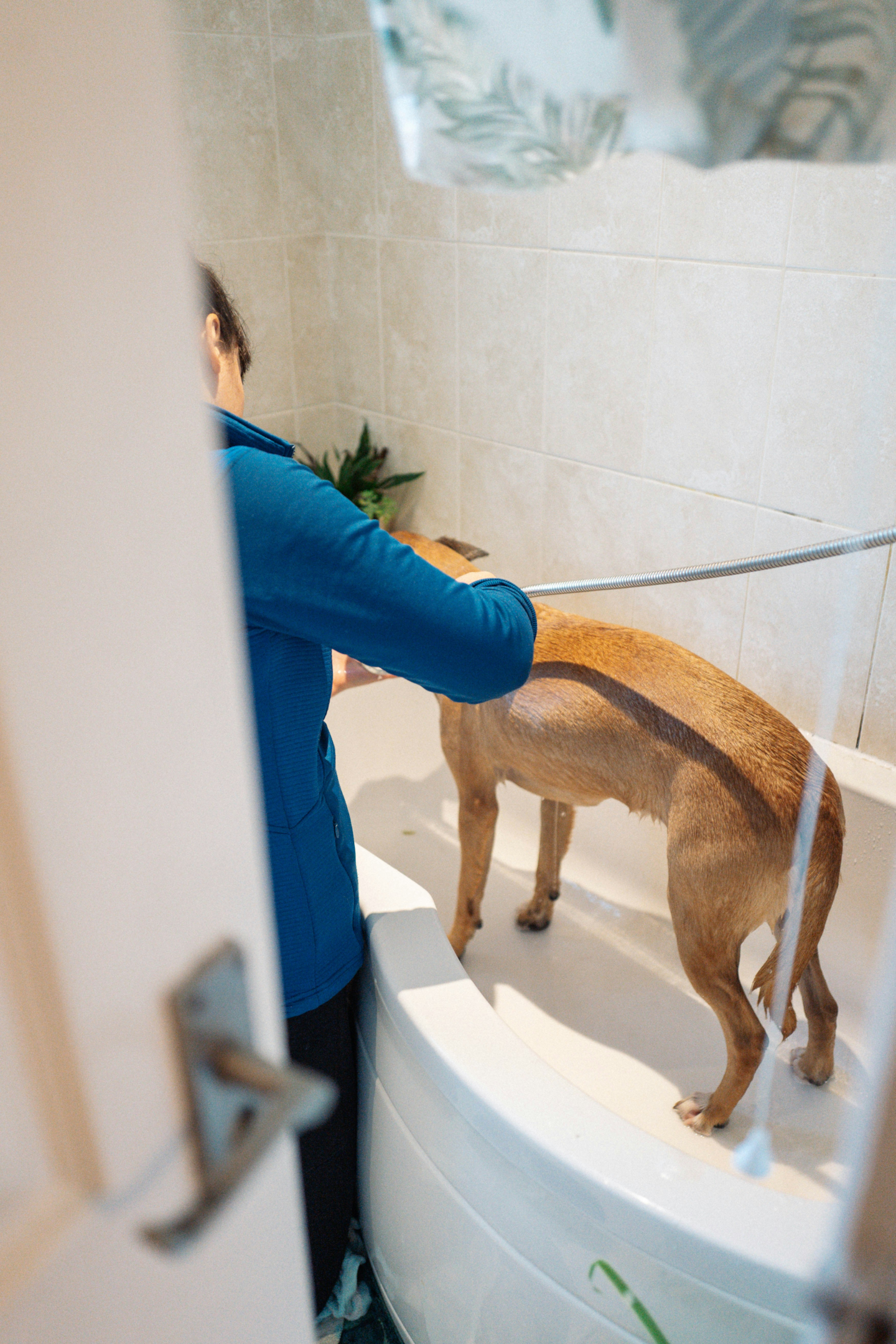
The Role of Surfactants in Dog Shampoos
Surfactants are a key component of dog shampoos and play a crucial role in the cleaning process. They help to remove dirt, oils, and debris from a dog’s coat, leaving it clean and fresh. However, not all surfactants are created equal, and some can be harsh on a dog’s skin. For example, ingredients like ammonium laureth sulfate and sodium laureth sulfate are known to strip the natural oils from a dog’s skin, leading to dryness and irritation. Understanding the function of surfactants is essential for selecting a dog shampoo that is gentle and effective.
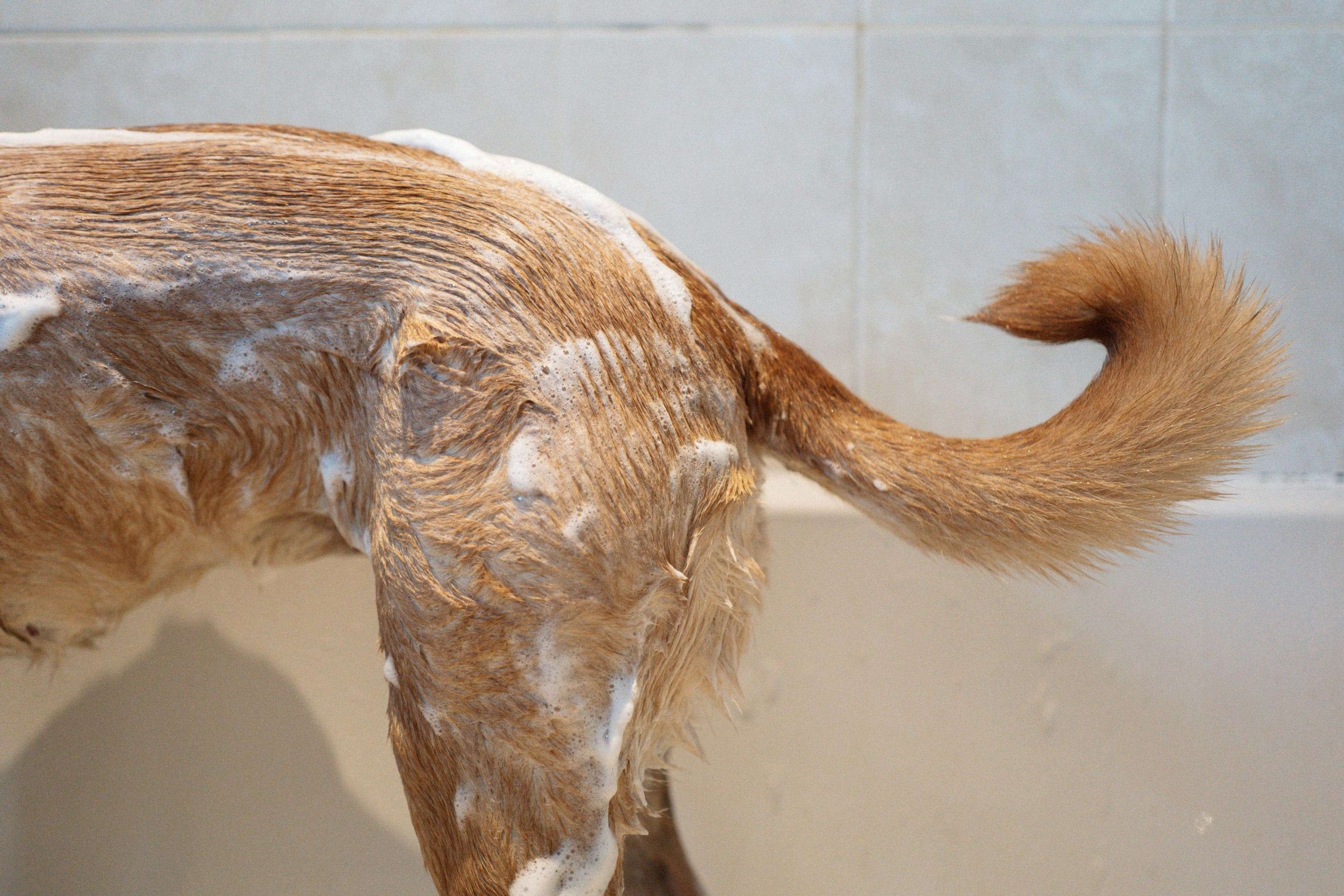
Why Surfactants Can be Detrimental
While surfactants are necessary for a dog shampoo to cleanse effectively, certain types can adversely affect a dog’s skin. Sodium lauryl sulfate (SLS) and sodium laureth sulfate (SLES) are two commonly used surfactants that can cause skin irritation, especially in dogs with sensitive skin. These ingredients create a rich lather, but they can also strip away the natural oils that protect a dog’s skin and coat. Over time, this can lead to dryness, itching, and discomfort for our furry friends. Opting for dog shampoos that utilize milder surfactants or natural alternatives is essential to avoid these risks.
The Impact of Parabens and Preservatives
Moving away from surfactants, other harmful ingredients found in dog shampoos are parabens and preservatives. These chemicals are often included to prolong the shelf life of products, but they can harm a dog’s skin health. Parabens, such as methylparaben and propylparaben, are known endocrine disruptors, meaning they can interfere with hormone function in the body. When applied to a dog’s skin, parabens may be absorbed and disrupt their natural hormonal balance. Similarly, some preservatives, like dmdm hydantoin and imidazolidinyl urea, can cause allergic reactions in dogs, leading to skin irritation and discomfort.
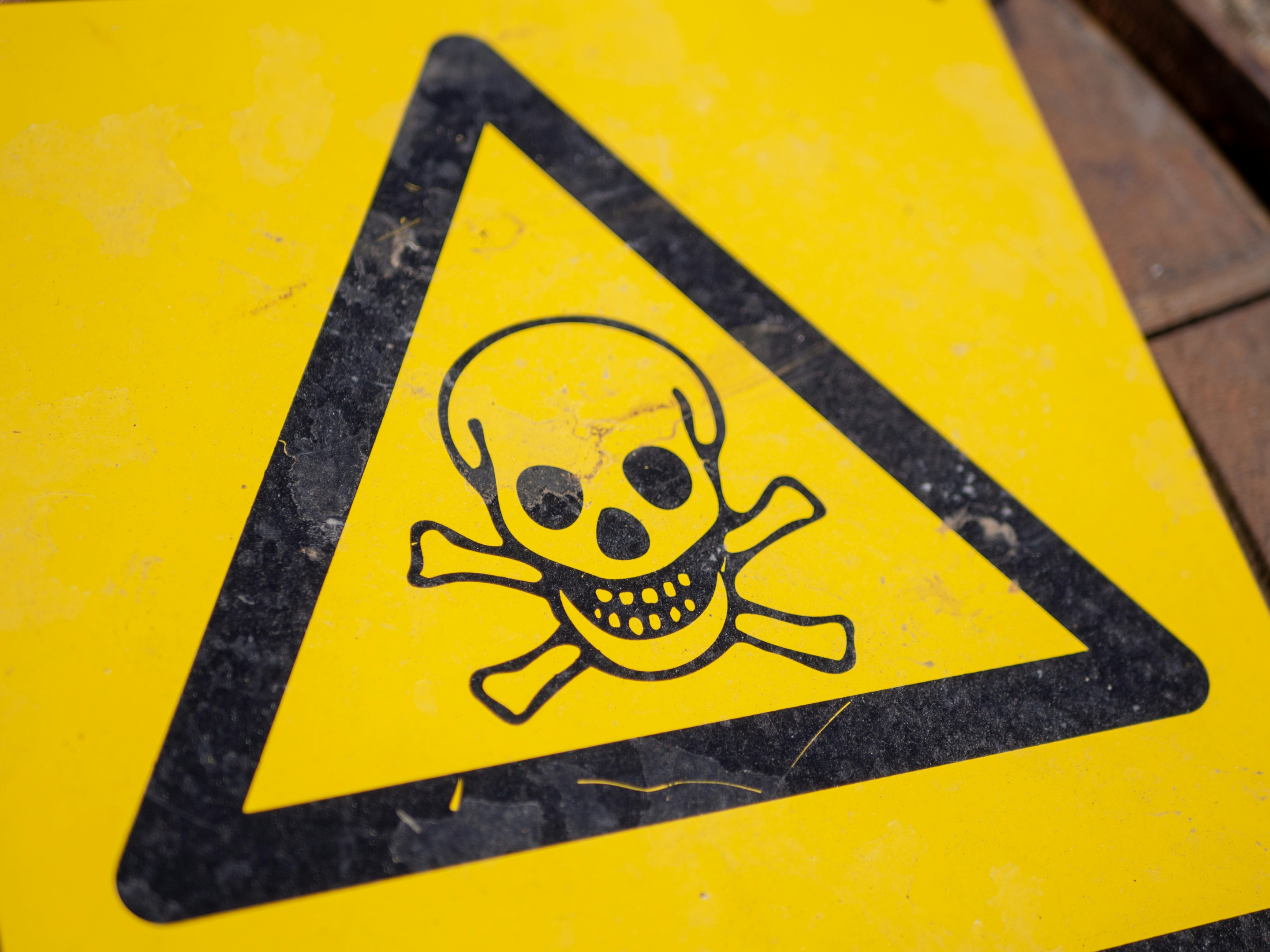
Photo by Mikael Seegen on Unsplash
The Hidden Dangers of Parabens
Parabens, including methylparaben and propylparaben, are commonly used as preservatives in dog shampoos. However, these ingredients have been linked to several concerning health risks. Parabens are known endocrine disruptors, which can interfere with the body’s hormonal system. When absorbed through a dog’s skin, parabens can disrupt their natural hormonal balance, potentially adversely affecting their reproductive system, immune system, and overall health. It is important for dog owners to be aware of the potential dangers of parabens and choose dog shampoos that are free from these harmful chemicals.
The Downside of Preservatives in Dog Shampoos
Preservatives are essential in dog shampoos to prevent the growth of harmful bacteria and extend the product’s shelf life. However, some preservatives, such as dmdm hydantoin and imidazolidinyl urea, can adversely affect a dog’s skin. These ingredients have been known to cause allergic reactions, leading to skin irritation, redness, and discomfort. Additionally, certain preservatives may contain heavy metals, which can be harmful to a dog’s health when absorbed through the skin. Pet owners should be cautious when selecting dog shampoos and opt for products that use natural or milder preservatives to avoid these potential health risks.
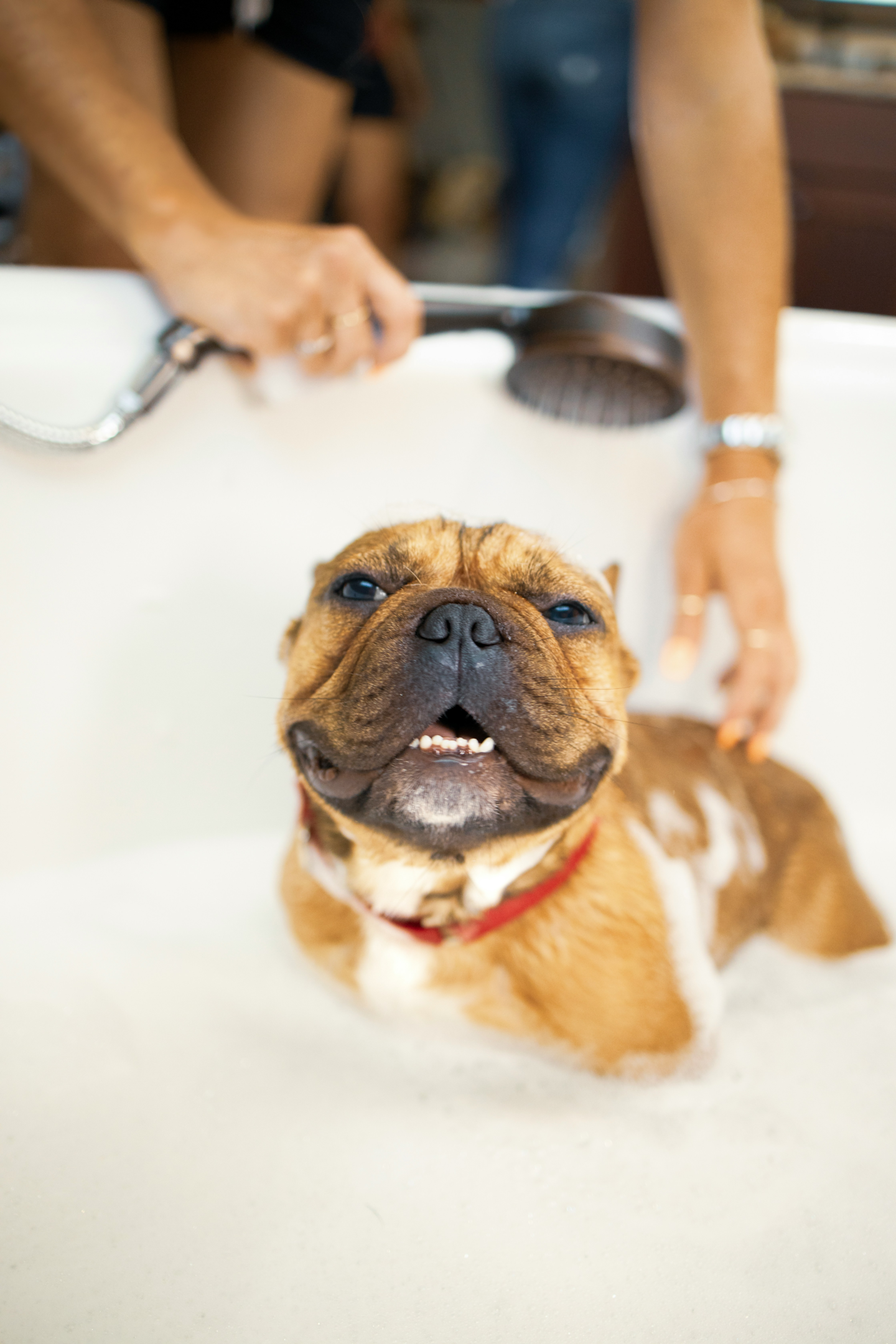
Photo by Anthony Duran on Unsplash
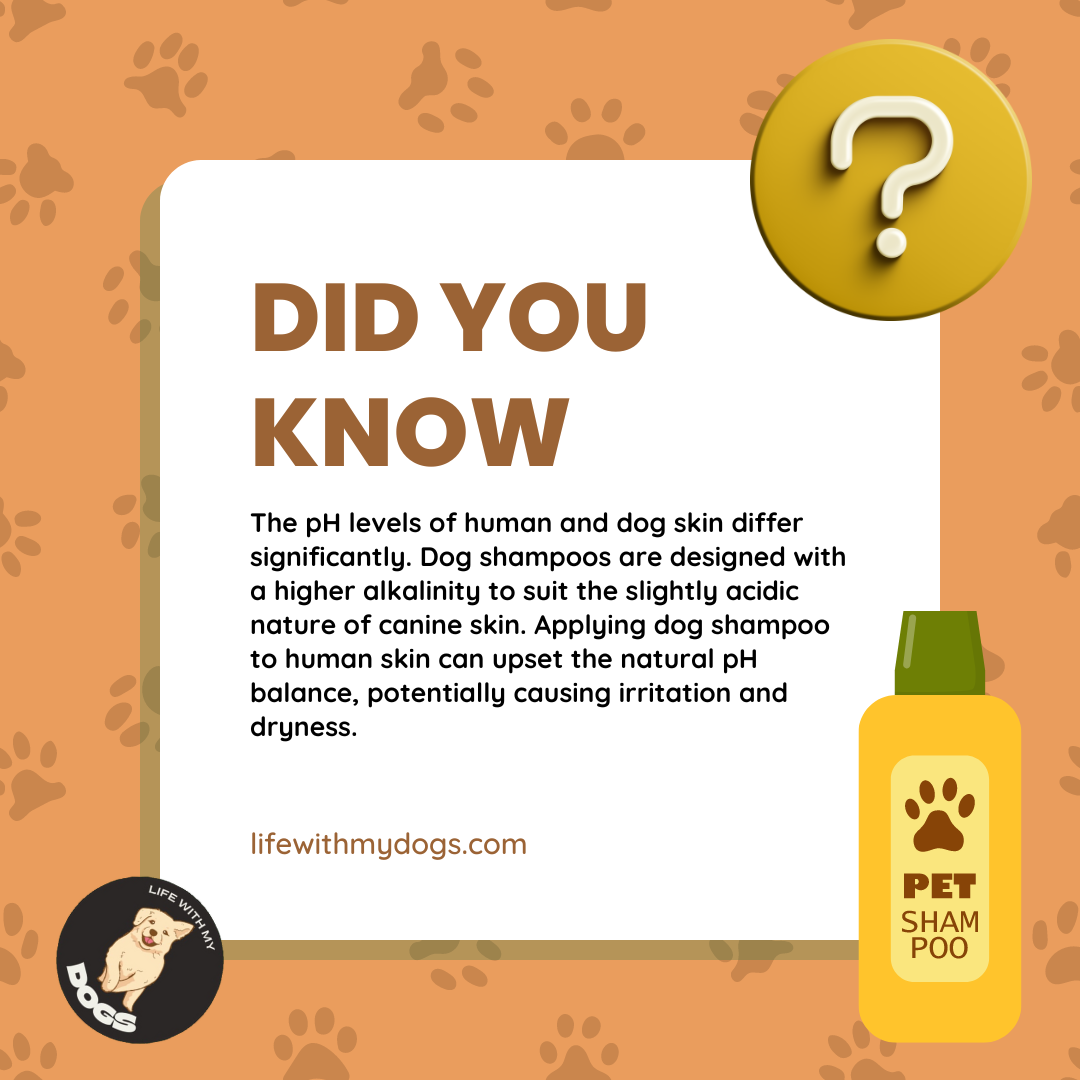
Understanding the Effects of Artificial Fragrances
Artificial fragrances are commonly used in dog shampoos to provide a pleasant scent. However, these fragrances can hurt a dog’s skin and overall health. Many artificial fragrances, such as synthetic fragrances and essential oils, can potentially cause allergic reactions in sensitive dogs. Dogs with preexisting skin conditions or allergies are particularly susceptible to adverse effects from these synthetic fragrances too. Pet owners need to be aware of the potential risks associated with artificial fragrances and choose fragrance-free dog shampoos or scented with natural ingredients.
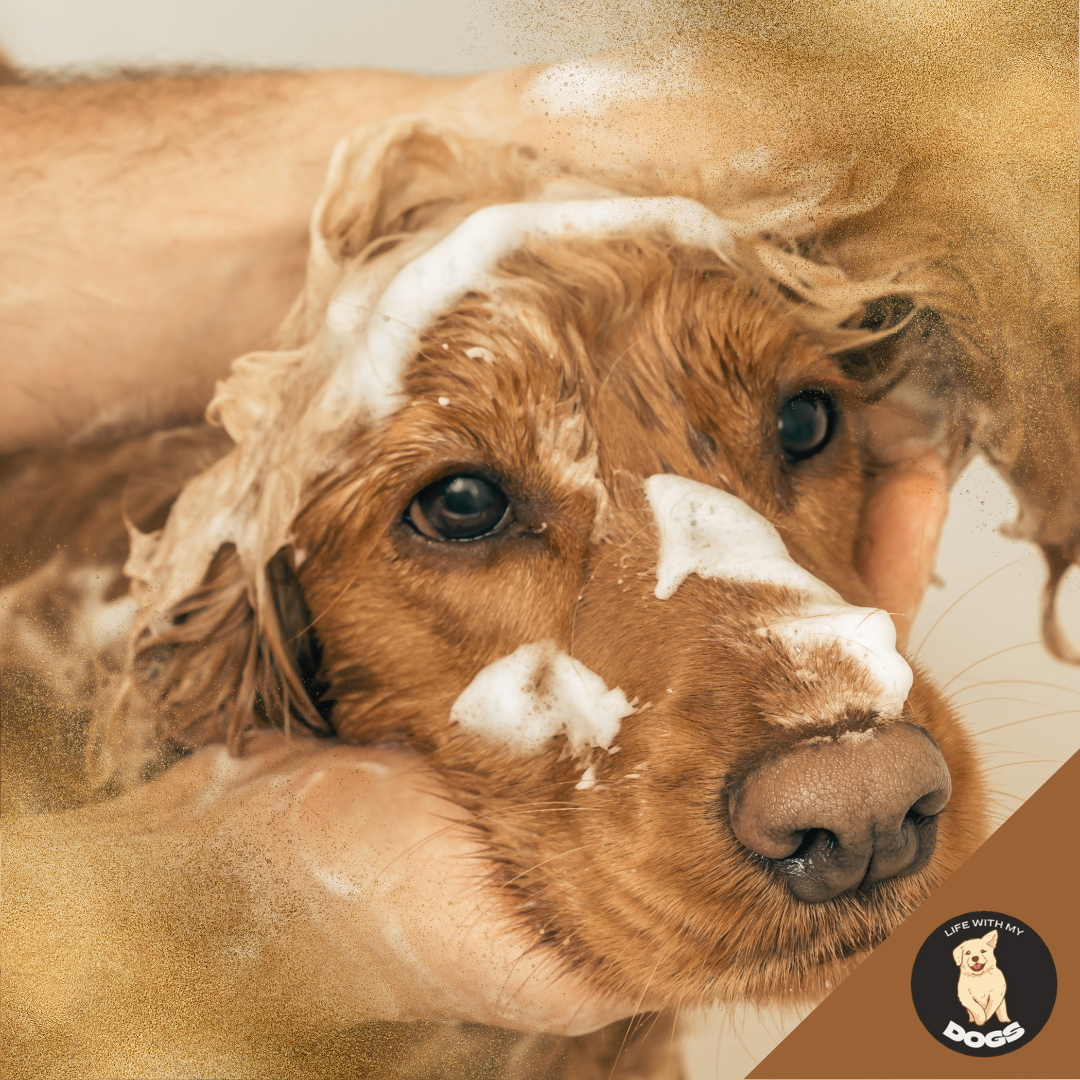
Common Artificial Fragrances Found in Dog Shampoos
Artificial fragrances are widely used in dog shampoos to enhance the product’s appeal and provide a pleasant scent after bathing. However, many of these fragrances can be harmful to a dog’s skin and overall health. Some commonly used artificial fragrances, such as phthalates, have been linked to skin irritation, allergies, and other adverse effects.
Dog owners need to read the ingredient list and avoid dog shampoos that contain synthetic fragrances. Instead, opt for products scented with natural, dog-safe ingredients, such as essential oils derived from plants or flowers.
Why Artificial Fragrances Can be Harmful
While artificial fragrances in dog shampoos are intended to create a pleasant bathing experience, they can have negative effects on a dog’s sensitive skin. Dogs with allergies or sensitive skin are particularly at risk for adverse reactions to artificial fragrances. These fragrances can cause some dogs skin irritation, itching, redness, and allergic reactions.
Additionally, some artificial fragrances may contain harmful ingredients that can be absorbed through a dog’s skin, leading to potential health issues. To ensure the well-being of our furry friends, it is advisable to choose dog shampoos that are free from artificial fragrances, opting for natural alternatives that are gentler on their skin.
The Truth About Anti-Bacterial Agents in Dog Shampoos
Anti-bacterial agents are commonly used in dog shampoos to eliminate harmful bacteria and maintain a dog’s hygiene. While these agents can be beneficial, it is essential to understand their potential impact on a dog’s health. One common anti-bacterial agent, triclosan, has come under scrutiny for its potential adverse effects.
Triclosan, in certain concentrations, may disrupt a dog’s endocrine system and could lead to health issues. It is important for dog owners to consider the risks associated with anti-bacterial agents and choose dog shampoos that utilize safer, natural alternatives for maintaining their pet’s hygiene.
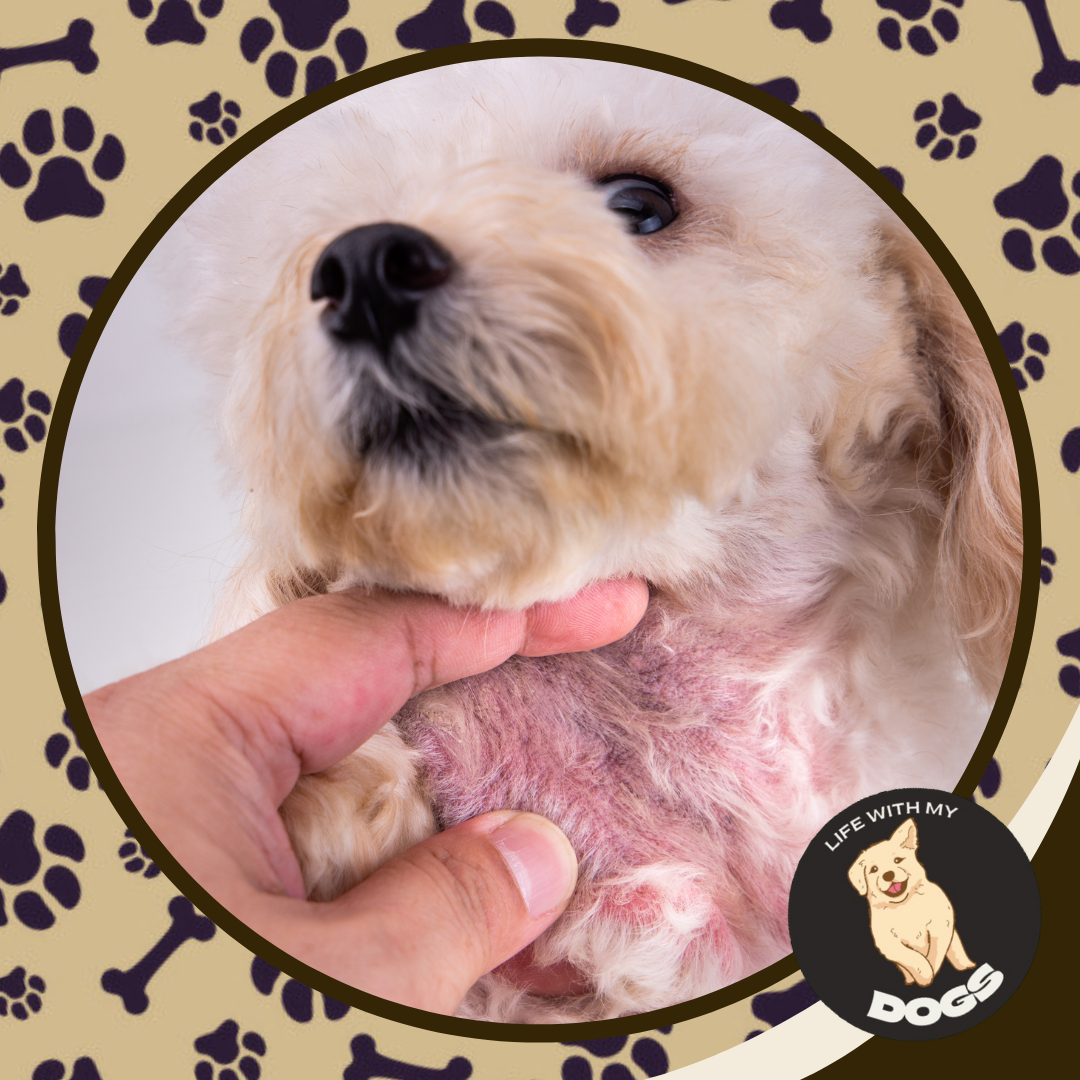
Common Anti-Bacterial Agents Used in Dog Shampoos
Dog shampoos often contain anti-bacterial agents to effectively eliminate harmful bacteria and keep a dog’s skin healthy. Two common agents used are triclosan and chlorhexidine.
Triclosan, while effective in killing bacteria, has been linked to concerns regarding its potential impact on endocrine function.
Chlorhexidine, another commonly used anti-bacterial agent, can be a safe and effective alternative.
It is important for dog owners to check the ingredient list for these agents and opt for dog shampoos that use chlorhexidine or other natural anti-bacterial ingredients to avoid potential risks to their pet’s health.
The Negative Impact of Anti-Bacterial Agents
While anti-bacterial agents are crucial for maintaining a dog’s hygiene, their excessive use can have negative consequences. Overusing these agents can disrupt a dog’s natural bacterial balance, potentially weakening their immune system and making them more susceptible to infections.
Additionally, the misuse or prolonged use of certain anti-bacterial agents can contribute to bacterial resistance, making it harder to combat harmful bacteria when necessary.
Dog owners need to follow instructions carefully and use anti-bacterial dog shampoos sparingly to avoid adverse effects. If a dog shows signs of allergic reactions or skin irritation, it is recommended to consult a veterinarian for guidance.
The Reality of Colorants in Dog Shampoos
Colorants are often added to dog shampoos to enhance their visual appeal, giving them a vibrant hue. However, the reality is that some artificial colors or colorants can pose risks to a dog’s health. Artificial colorants, such as FD&C dyes, cause skin and eye irritation and, allergic reactions, and other adverse effects in humans and pets. Pet owners should be cautious of excessive artificial coloring when choosing a dog shampoo. Opting for products with minimal or no artificial colorants is a safer choice for our furry friends.
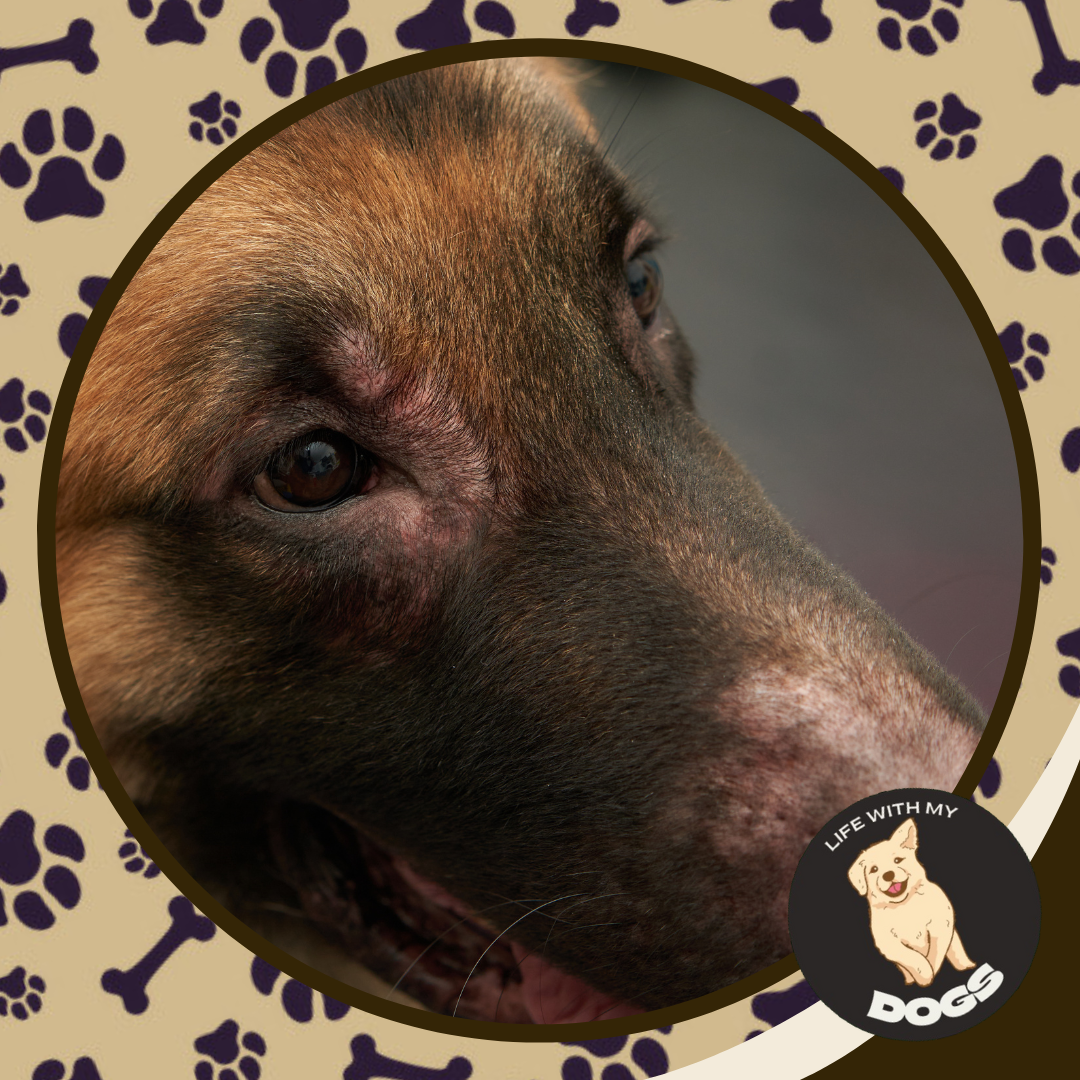
Common Types of Colorants Used in Dog Shampoos
Dog shampoos often contain colorants to give them an appealing appearance. One common group of colorants used are FD&C dyes, synthetic dyes approved for use in food, drugs, and cosmetics. These dyes are labeled with a specific color and number (e.g., FD&C Red No. 40, FD&C Yellow No. 5).
Another ingredient that may be present is titanium dioxide, a white colorant used to brighten the appearance of dog shampoos.
While colorants can enhance the visual appeal of a dog shampoo, it is important for pet owners to be mindful of potential risks. Choosing dog shampoos with natural or organic ingredients, free from artificial colorants, is a safer option for our furry friends.
The Potential Risks of Colorants
Artificial colorants used in dog shampoos carry potential risks for a dog’s health. Some artificial colorants, especially those containing heavy metals, have been linked to allergic reactions, skin irritation, and other adverse effects. Prolonged exposure to these colorants may have unknown health implications for our furry friends.
Choosing dog shampoos with minimal or no artificial colorants is a precautionary measure pet owners can take to minimize the risks. Transparent labeling that identifies harmful additives can also assist pet owners in making informed decisions about the products they use on their dogs.
How Emulsifiers Influence the Quality of Dog Shampoos
In dog shampoos, manufacturers use emulsifiers to blend and stabilize oil and water-based ingredients, creating a smooth, uniform product. Along with their role in product manufacturing, emulsifiers can also impact a dog’s skin health. High-quality emulsifiers help maintain a dog’s healthy skin by preventing ingredient separation and ensuring the even distribution of beneficial oils and moisturizers.
When choosing a dog shampoo, pet owners should look for products that use safe, skin-friendly emulsifiers to ensure optimal care for their furry friend.
The Role of Emulsifiers in Dog Shampoos
Pet products, including dog shampoos, utilize emulsifiers as essential ingredients to ensure thorough mixing of oil and water-based components. Emulsifiers enable the shampoo to provide a consistent, smooth texture and help deliver the benefits of natural oils and moisturizers to a dog’s skin. With the right emulsifiers, a dog shampoo can effectively cleanse without stripping away the skin’s natural oils, keeping the skin healthy and moisturized.
Pet owners should be mindful of the emulsifiers used in dog shampoos, choosing products that contain safe, skin-friendly emulsifiers for their furry friend’s well-being.
Why Emulsifiers Can Be Dangerous
While emulsifiers play an important role in dog shampoos, some emulsifiers may contain harsh chemicals that can harm a dog’s skin health. Low-quality emulsifiers have the potential to cause skin irritation, especially in dogs with sensitive skin. Pet owners need to be cautious when selecting dog shampoos, choosing products that utilize gentle and skin-friendly emulsifiers.
Opting for natural or hypoallergenic emulsifiers can minimize the risks of skin irritation for our furry friends, ensuring a healthy and comfortable bathing experience.
The Risks Associated with Certain Solvents
Dog shampoos use solvents as ingredients to dissolve other ingredients, ensuring a homogeneous product. Common solvents found in dog shampoos include propylene glycol and isopropyl alcohol. While these solvents are generally safe, excessive amounts can adversely affect a dog’s skin health. High concentrations of solvents can cause skin dryness, irritation, and discomfort for dogs.
To protect our furry friends, pet owners should choose natural dog shampoo and shampoos that contain mild solvents, ensuring a gentle and nourishing bathing experience for many dog owners and their pets.
What Makes a Dog Shampoo Ingredient Harmful?
Ingredients in dog shampoos can harm your pet. Avoid harsh chemicals that strip oils, parabens disrupting the endocrine system, potential carcinogens, and harmful additives. Choose shampoos with nourishing natural oils to safeguard your dog’s health.
Helpful Tips I Learned
When I began my mindfulness journey, recalling which ingredients to avoid and deciphering those complex ingredient lists felt like trying to solve a puzzle without all the pieces.
To help myself, I devised an easy-to-follow guide that I am sharing with you. It’s not that hard to understand making it a great guide for everyone to follow:
- Prepare a short list of the harmful dog shampoo ingredients to avoid on your phone
- Research is your friend – when you’re not familiar with the ingredients listed, always take time to research. A few simple clicks is your friend.
- Ask your vet – to help you better, you may opt to ask your vet for the best pet-friendly dog shampoos you can try.
Loving Our Pets Take One Bath at a Time
I hope that you learned something important through this article. Being aware of the dog shampoo ingredients to avoid is crucial for your pet’s well-being. Ingredients like surfactants, parabens, artificial fragrances, anti-bacterial agents, colorants, emulsifiers, and solvents can adversely affect your dog’s skin and coat. As responsible pet owners, we should all take proactive steps to opt for natural or safe alternatives and carefully read labels to identify harmful ingredients.
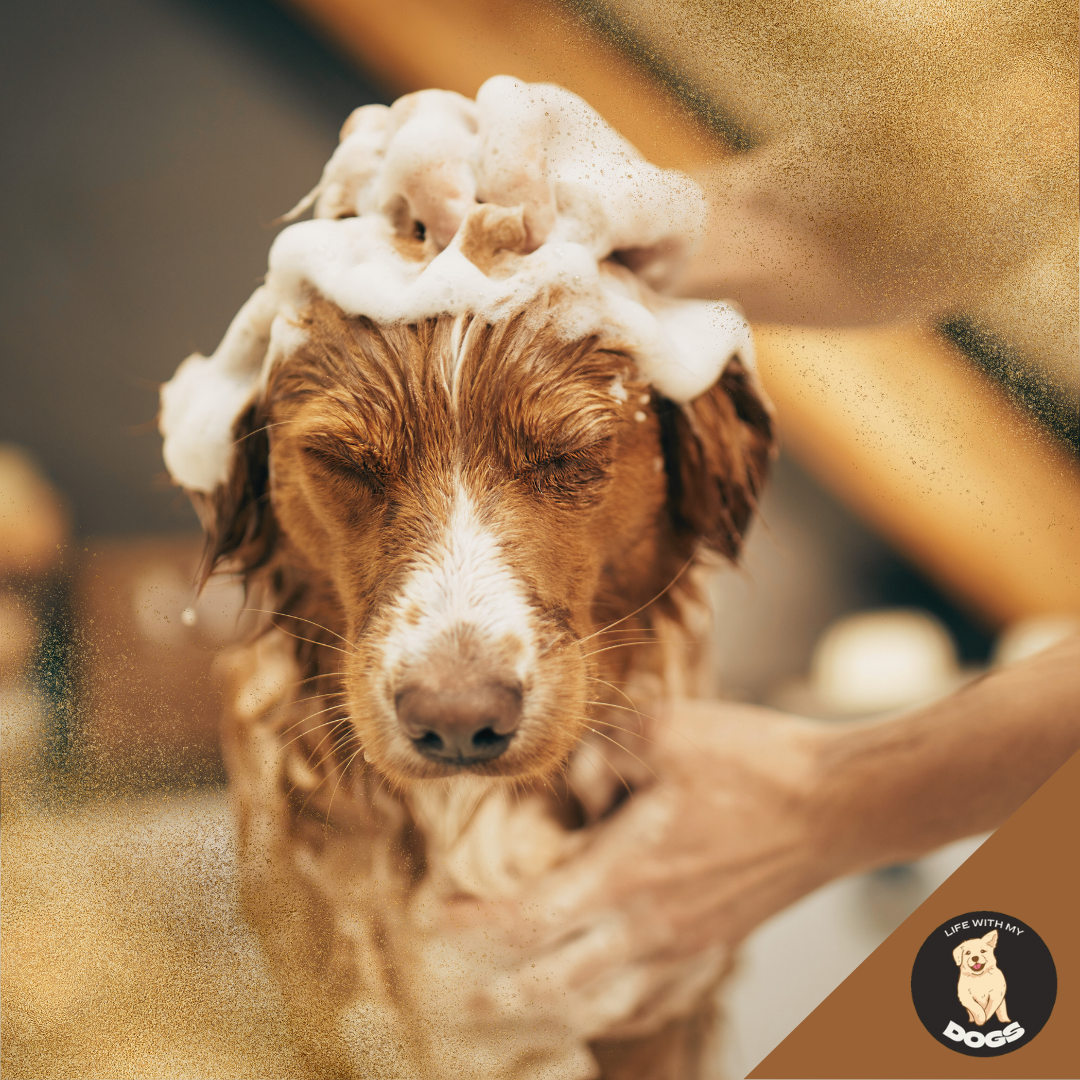
Avoiding these harmful substances in the pet industry can help maintain your dog’s skin health and overall well-being. Prioritizing safe and natural products ensures that your furry friend receives both healthier skin and the gentle care they deserve.
Frequently Asked Questions on Dog Shampoo Ingredients to Avoid
Are There Any Natural or Safe Alternatives to Commercial Dog Shampoos Containing Harmful Ingredients?
Exploring natural options as alternatives to harmful dog shampoos is beneficial. Consider gentle ingredients like oatmeal, coconut oil, and aloe vera. Homemade recipes using safe components or opting for organic, chemical-free products can safeguard your pet’s skin. Always seek vet approval before making the switch to natural oil.
How Can I Identify if a Dog Shampoo Contains Harmful Ingredients by Reading the Label?
Avoid harmful ingredients in dog shampoos by checking for artificial fragrances, parabens, sulfates, and formaldehyde. Steer clear of methylchloroisothiazolinone and methylisothiazolinone. Watch out for artificial colors, propylene glycol, or mineral oil. Opt for natural and organic options with simple, recognizable components.
How Can These Harmful Ingredients Affect My Dog's Skin and Coat?
Harmful ingredients in dog shampoo may lead to skin irritation, dryness, and itching. They can strip natural oils, resulting in a dull coat. Harsh chemicals might cause allergic reactions, rashes, or dermatitis on your dog’s skin, damage the skin barrier, and coat health with prolonged exposure.
What Are Some Common Harmful Ingredients in Dog Shampoos?
Common harmful ingredients in dog shampoos include artificial fragrances, parabens, sulfates, and formaldehyde. Beware of phthalates, artificial colors, and propylene glycol. Opt for dog shampoos with natural, organic ingredients for a safer bathing experience.

